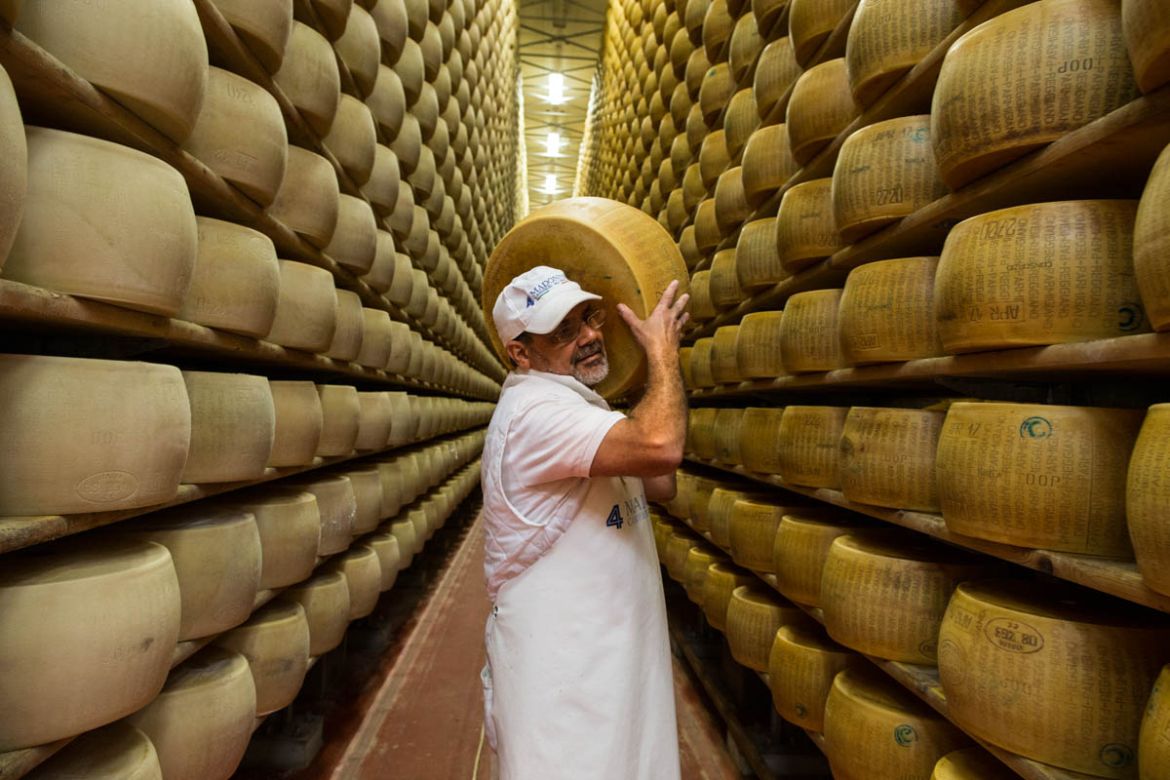A Taste of Credibility: Floridia Cheese Melbourne and Its Craftsmanship
A Taste of Credibility: Floridia Cheese Melbourne and Its Craftsmanship
Blog Article
Unlocking the Tricks of Artisanal Cheese Making: A Step-by-Step DIY Overview
In the world of cooking craftsmanship, artisanal cheese making stands as a testimony to the delicate balance between tradition and technology. Each step in the procedure, from choosing the appropriate milk to developing aging strategies, holds within it a wealth of expertise passed down with generations. As we embark on this trip to debunk the art of developing elegant cheeses, we are encountered with a tapestry of secrets and abilities waiting to be untangled. Join us as we check out the details of this ancient craft, where scientific research, persistence, and art assemble to create flavors that tantalize the detects.
Choosing the Right Milk
When beginning on the trip of artisanal cheese production, the choice of milk plays an essential duty in figuring out the top quality and characteristics of the final product. The type of milk chosen affects the taste, structure, and in general profile of the cheese.
Furthermore, the resource of the milk, whether from cows, goats, sheep, or buffalo, contributes unique flavors and characteristics to the cheese. Each kind of milk brings its own subtleties, allowing for a broad range of cheese varieties to be crafted based on the chosen milk.
Culturing and Coagulating
To start the cheese-making procedure, the vital actions of culturing and coagulating need to be meticulously carried out to change milk into curds and whey. Culturing entails introducing advantageous microorganisms to the milk, which then starts the fermentation process. These bacteria transform lactose (milk sugar) right into lactic acid, developing the acidic setting required for coagulation. The type of culture made use of can significantly impact the taste, appearance, and ripening of the last cheese item.

The timing and temperature control during culturing and coagulation are crucial aspects that influence the last end result of the cheese. Appropriate execution of these steps is vital to make sure the wanted appearance, flavor, and consistency of the artisanal cheese being produced.
Draining Pipes and Pushing Curds
After the milk healthy proteins have actually coagulated and the curds have been reduced to launch whey, the following vital step in artisanal cheese making includes draining pipes and pressing the curds to accomplish the desired texture and consistency of the final cheese product. Draining pipes is the process of dividing the curds from the whey. This can be done by moving the curds into a cheesecloth-lined bowl-shaped sieve or mold and mildew and permitting the whey to drain off naturally. The moment for draining pipes can differ depending upon the kind of cheese being made and the wanted wetness content.
Pushing aids get rid of any type of staying whey and compacts the curds to form a solid cheese wheel. Proper draining and pushing are essential actions that significantly impact the quality and attributes of the artisanal cheese being produced.
Aging and Flavor Strategies
Executing careful aging and flavoring methods is essential in improving the deepness and intricacy of artisanal cheeses, elevating their preference accounts to beautiful levels of refinement and elegance. Aging plays a critical role in establishing the distinct flavors and textures that identify artisanal cheeses. Throughout the aging process, cheeses are stored in meticulously managed settings where elements such as moisture, temperature, and air movement are manipulated to encourage the development of helpful mold and mildews and microorganisms. This controlled setting allows celebrity to mature gradually, creating abundant flavors and complicated scents.
Flavoring techniques also contribute substantially to the final preference of artisanal cheeses. site web Cheesemakers may pick to present additional flavors by integrating ingredients such as natural herbs, flavors, and even fruits into the cheese during the production process. Furthermore, some cheeses are cleaned or scrubed with different liquids, such as salt water or alcohol, to enhance their tastes and appearances.
Covering and Keeping Cheeses

Verdict
In conclusion, understanding the art of artisanal cheese making involves thoroughly picking the ideal milk, complying with accurate culturing and coagulating procedures, draining pipes and pushing curds effectively, and making use of different aging and flavor methods. By complying with these steps carefully and with focus to information, you can develop your own tasty and distinct cheeses at home. Remember to cover and save your cheeses appropriately to make sure ideal flavor and structure advancement. Pleased cheese making!
Each type of milk brings its very own nuances, allowing for a wide range of cheese varieties to be crafted based on the selected milk.After the milk healthy proteins have actually coagulated and the curds have actually been reduced to launch whey, the next vital action in artisanal cheese making includes draining and pressing the curds to attain the wanted find more info appearance and consistency of the last cheese product. Many cheeses ought to be covered in wax paper or cheese paper to allow them to take a breath while shielding them from drying out. For cheeses that require to continue aging, such as bloomy rinds or cleaned peels, guarantee they are kept in a cool setting like a cheese cave or a fridge set to the ideal temperature. By paying focus to the wrapping and storage space of artisanal cheeses, cheese manufacturers and enthusiasts can maintain the stability of these delicacies and fully appreciate their intricate tastes.
Report this page